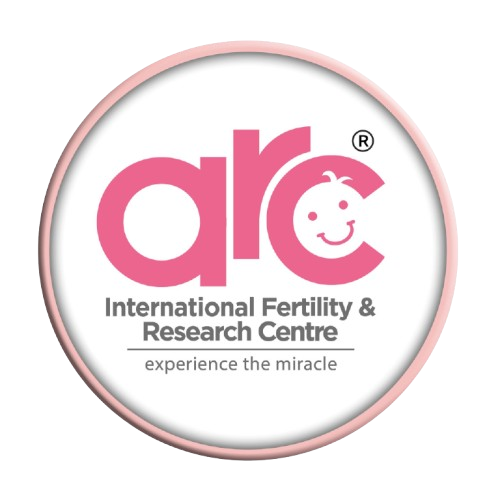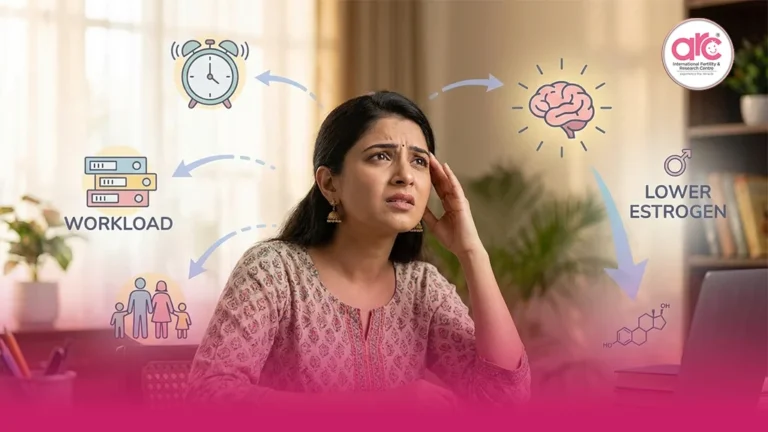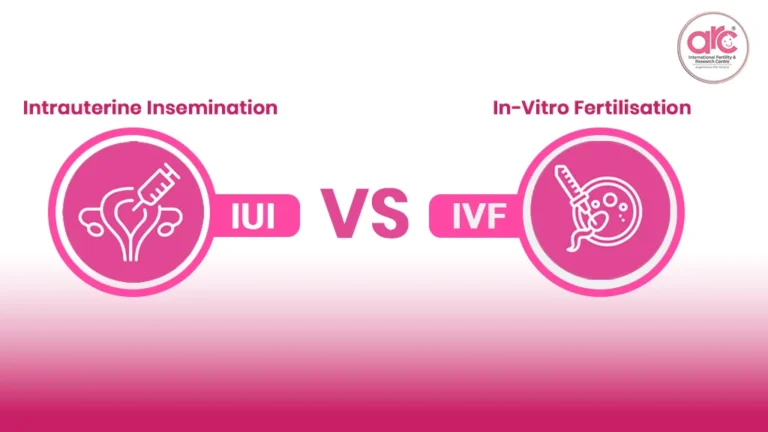Overview
Understanding the IVF process step by step is the first real move toward clarity in your fertility journey. IVF, or In Vitro Fertilization, isn’t just about test tubes and lab coats — it’s about timing, science, and a bit of faith working together. When blood tests and regular treatments don’t bring answers, IVF opens the door to precision. It shows what’s happening inside your body, right from egg development to embryo transfer.
As one of the trusted fertility hospital in Chennai, before performing IVF we explain what, why and when to couples. Below is how we give a walkthrough of the entire IVF journey to couples who visit us, from the first consultation to the pregnancy test, this guide helps you take informed decision, feel confident and in control.
When blood tests stop making sense and medicines start feeling like guesswork, that’s usually when couples begin asking the big question — what’s really happening inside my body?
IVF isn’t magic. It’s medicine meeting patience, biology meeting hope.
Here’s the real journey, step by step
1. The Groundwork: Tests, Talks, and Truth
Before the first injection, before the first prayer, there’s a quiet conversation with your fertility specialist.
Hormone tests, scans, semen analysis — all of it helps build a map of where you are and what’s next.
This is where your plan takes shape: how many eggs to aim for, how your body might respond, and what success truly looks like — for you, not just a statistic.
2. Ovarian Stimulation: The Egg Hunt
In a regular month, your body releases one egg. IVF asks your ovaries to be a little more generous — eight, ten, maybe fifteen eggs.
You’ll take hormone injections for about two weeks, and your clinic will keep close watch through scans and blood tests.
Then comes the “trigger shot” — a perfectly timed cue that tells your body, It’s time.
More good eggs mean more embryos to choose from, which means better odds. It’s science stacked in your favor.
3. Egg Retrieval: The Quiet Procedure
When the follicles are ready, you’ll be sedated.
A thin needle, guided by ultrasound, gently retrieves the eggs from your ovaries. It’s quick — ten to thirty minutes — and you’ll be resting soon after.
Your body has just done something extraordinary. Let it rest.
This isn’t just a medical step. It’s your first real milestone.
4. Fertilisation: Life Begins in a Dish
The eggs meet sperm — either naturally mixed or through ICSI, where a single sperm is placed directly inside an egg.
A few hours later, embryologists look for that spark — fertilisation.
Those tiny beginnings are now embryos. Over the next few days, they grow and divide under careful eyes in the lab, reaching the blastocyst stage — a cluster of cells that could become a baby.
The quality of these embryos often decides how far your journey will go.
5. The Transfer: Planting Hope
By Day 3 or Day 5, the best embryo (or sometimes two) is chosen.
No surgery here — just a thin catheter guiding that life into your uterus, under ultrasound’s watch.
The moment itself is small. But if you ask anyone who’s been there, it feels sacred.
Most clinics recommend transferring one or two embryos to reduce the risk of multiples. Quality over quantity — always.
6. The Waiting: The Hardest Part
Now, it’s patience.
For 10 to 14 days, your mind will race through a hundred what ifs.
Avoid heavy workouts, keep calm, eat light, sleep well.
Your blood test will tell you if implantation worked.
It’s the longest two weeks of your life, filled with quiet prayers and cautious hope. And that’s normal.
7. Optional Steps Along the Way
Depending on your story, your doctor may suggest:
Freezing extra embryos for future use
Genetic testing (PGT-A) to ensure chromosomal health
Donor eggs or sperm if quality or count becomes a barrier
And if pregnancy doesn’t happen, it’s not “failure.” It’s feedback. Doctors tweak, learn, adjust — and you try again, stronger.
8. Time, Expectations, and What’s Real
An IVF cycle usually takes around 3 weeks from start to embryo transfer. Add pre-testing and recovery, and you’re looking at about 4–6 weeks.
Success depends on many things — age, egg quality, sperm health, and the clinic’s care.
No one can promise results. But IVF gives you something you didn’t have before — clarity.
You’ll see your eggs, know your embryos, and understand your body’s story.
The Takeaway
Blood tests tell part of the story. IVF shows you the full picture — the eggs, the embryos, the heartbeat of possibility.
Each step matters. Each pause matters.
And if you’re walking this road in India, find a clinic that listens, not just prescribes.
IVF isn’t just a procedure. It’s a conversation between science and your strength.
And sometimes, that’s all it takes to bring hope back into the room.




